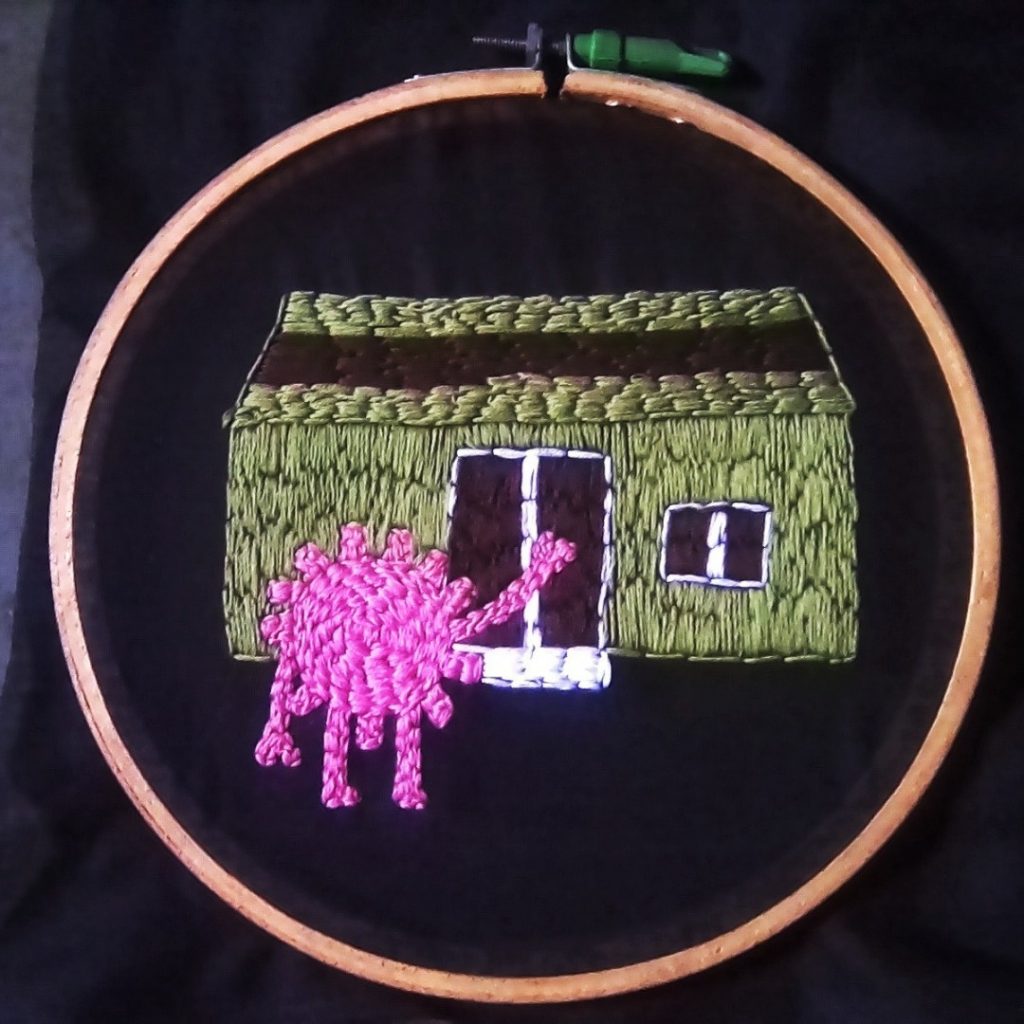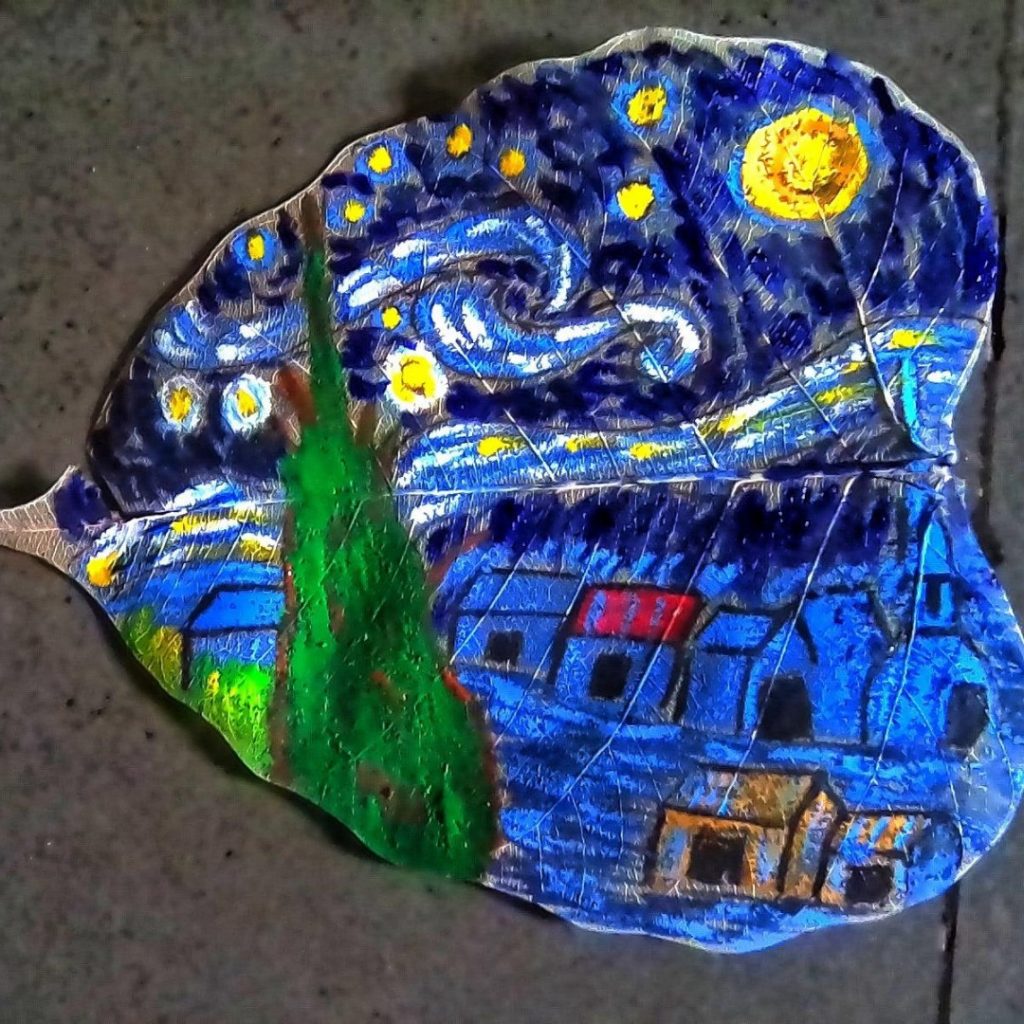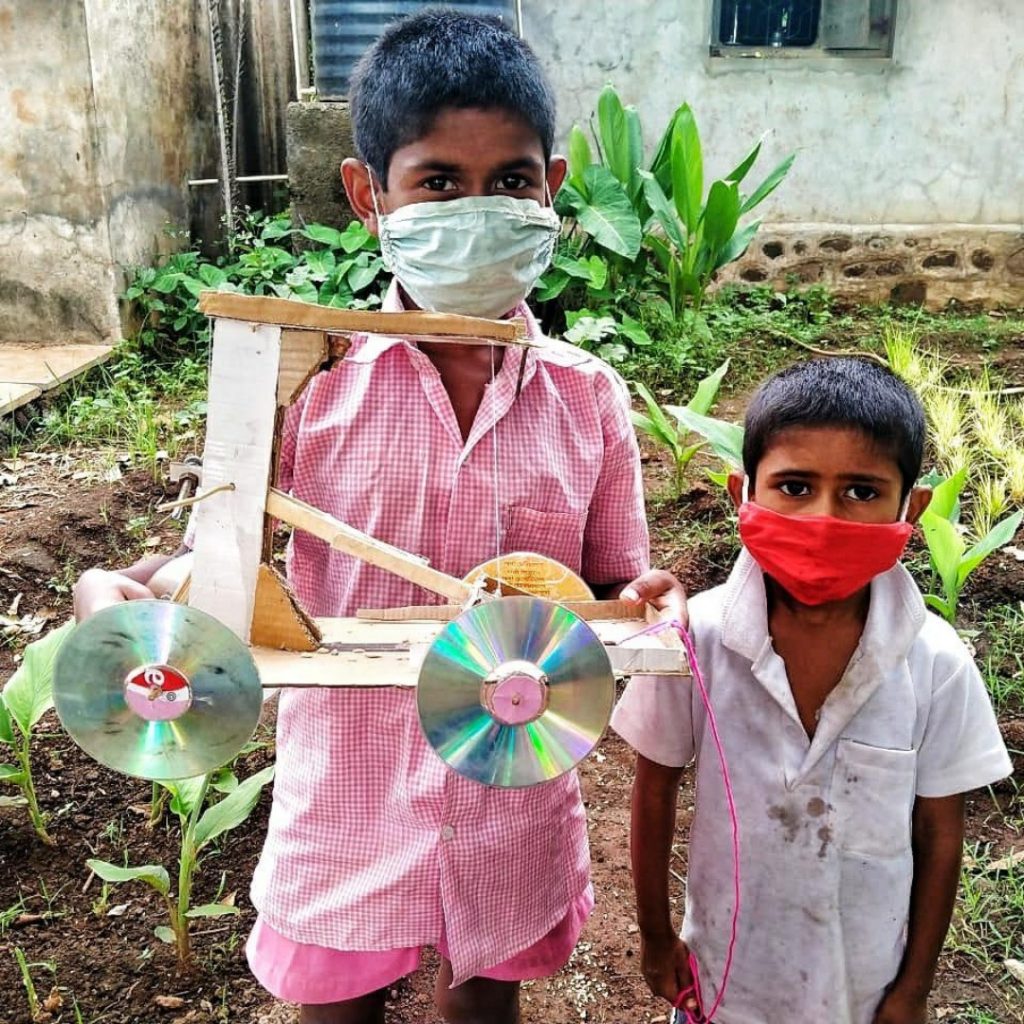Battling COVID-19

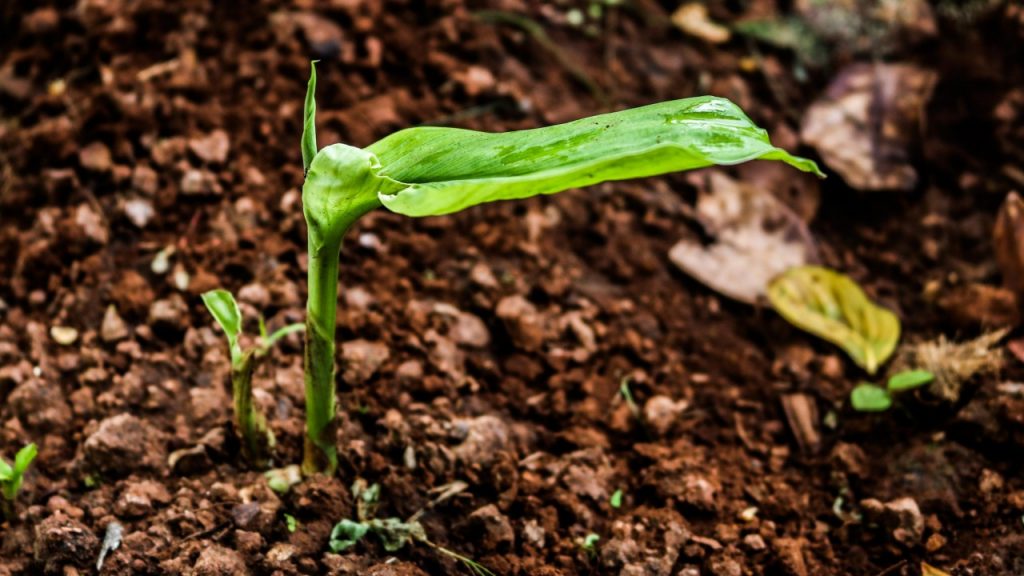
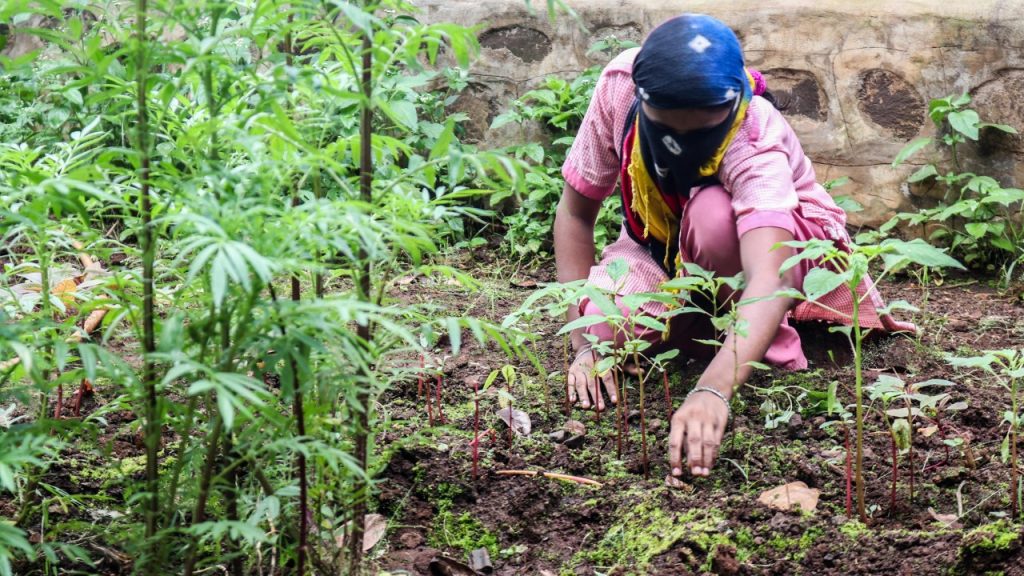
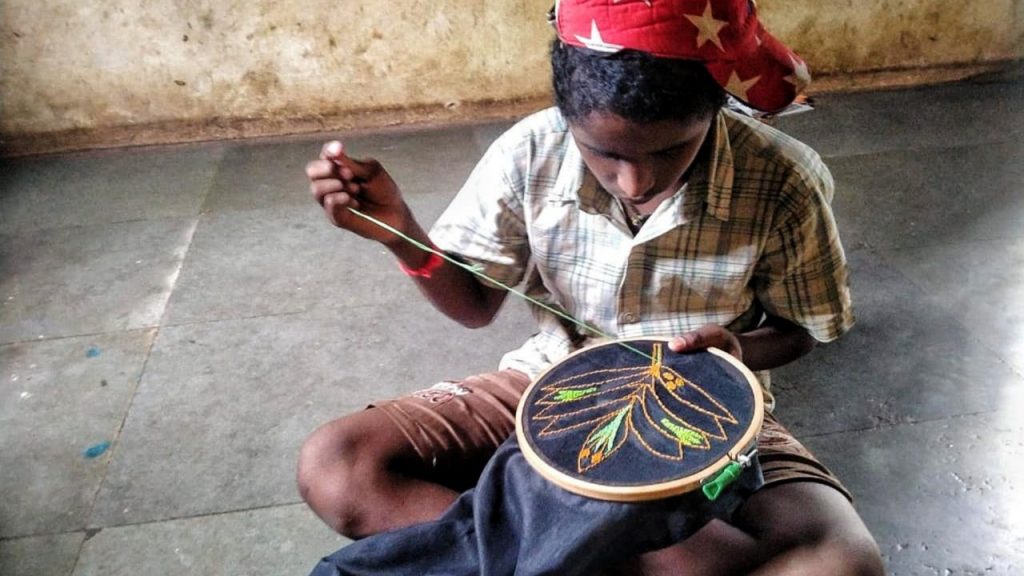
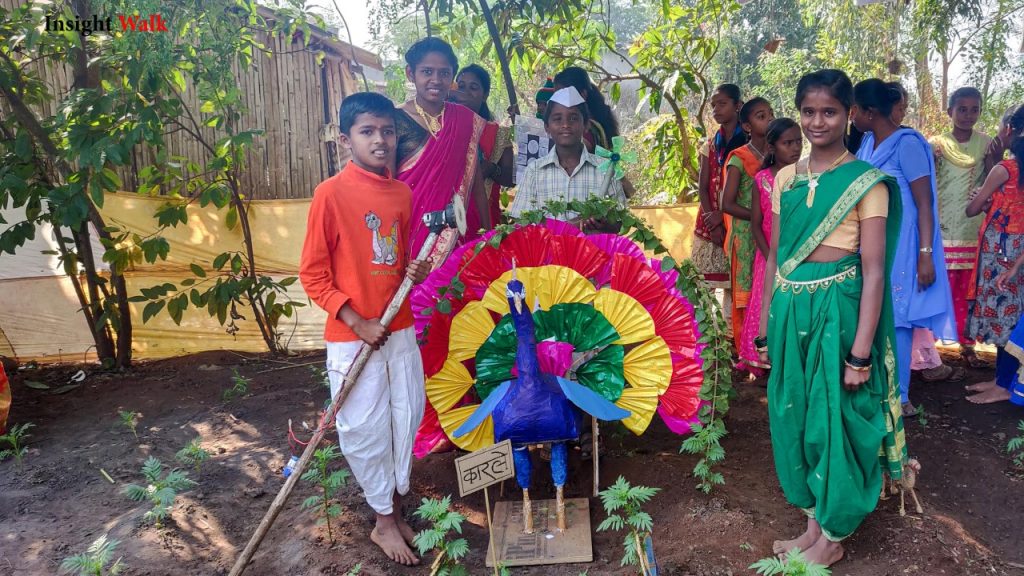
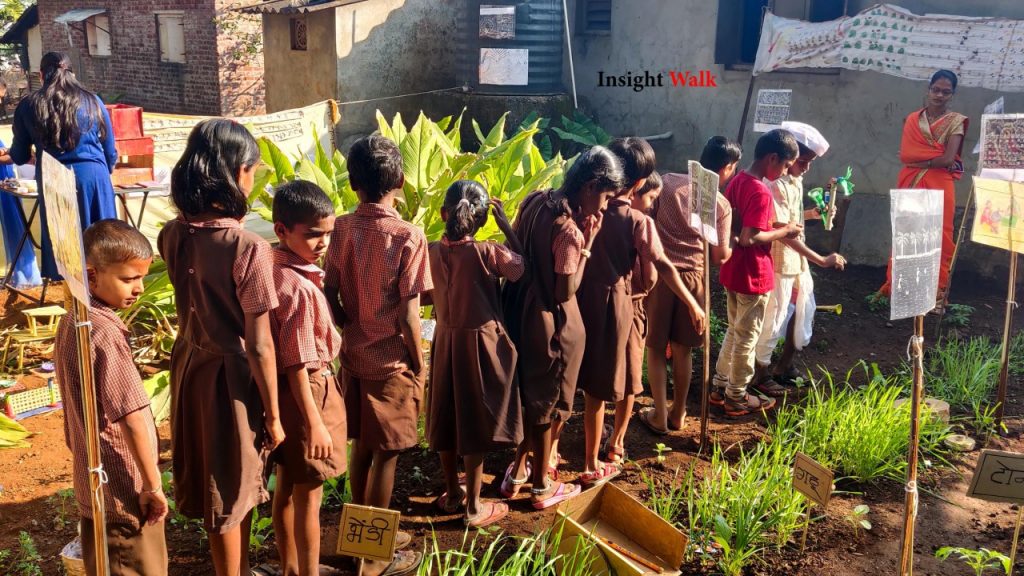
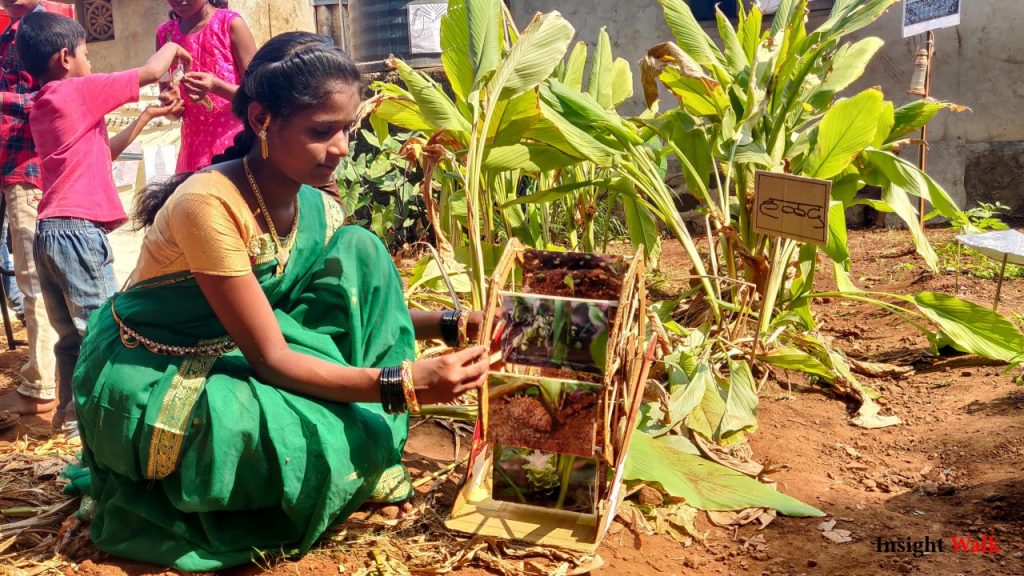
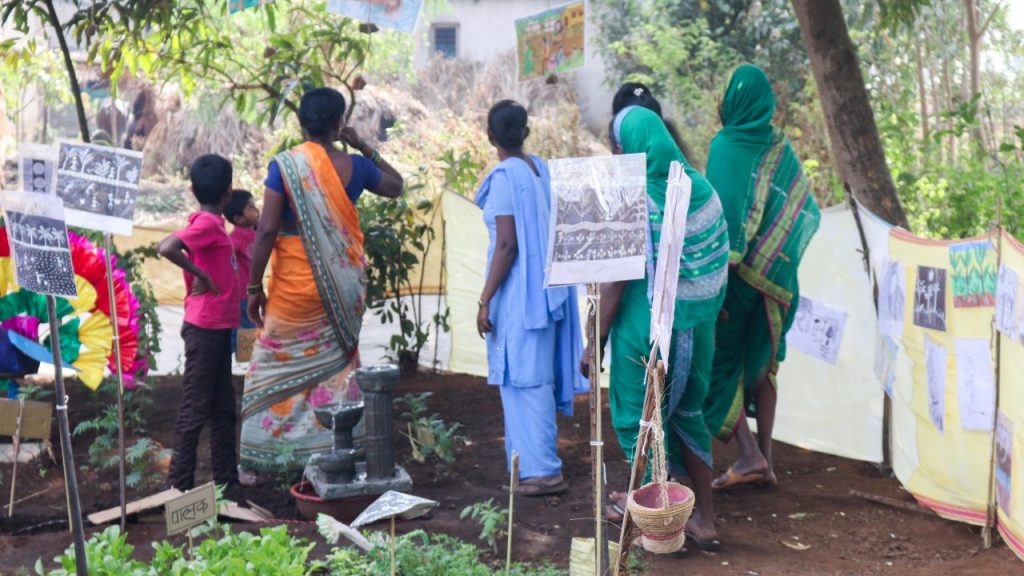
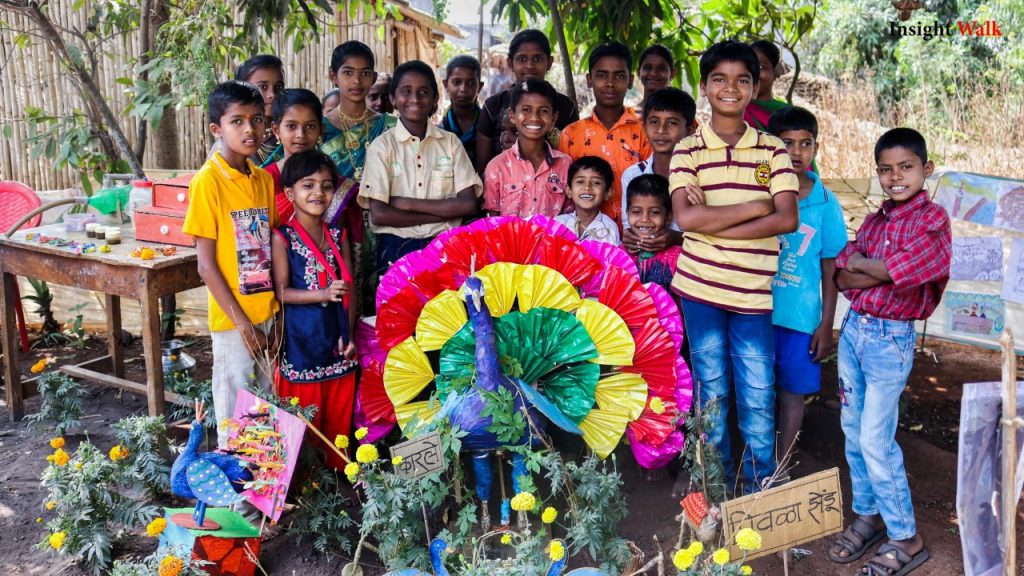
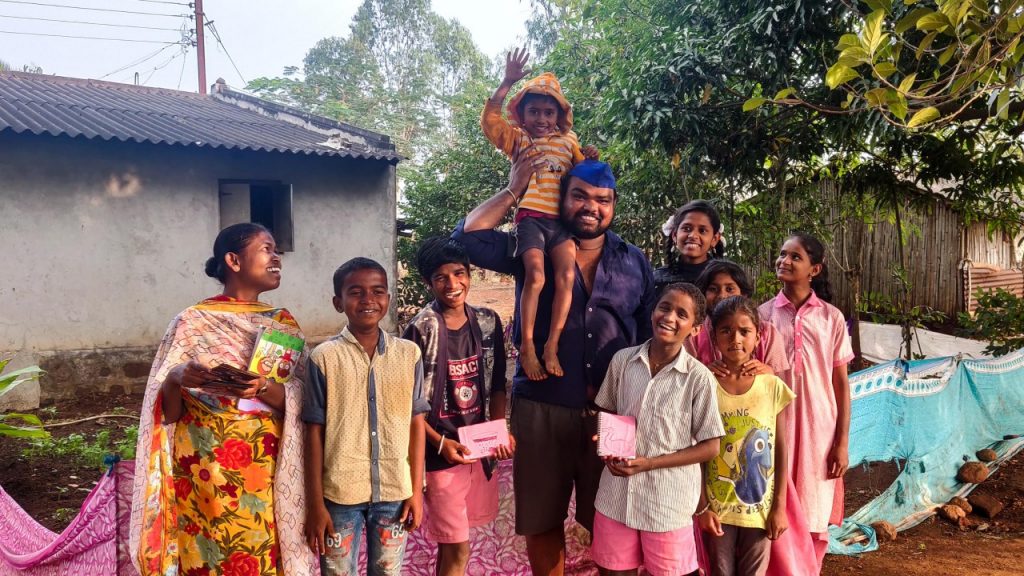
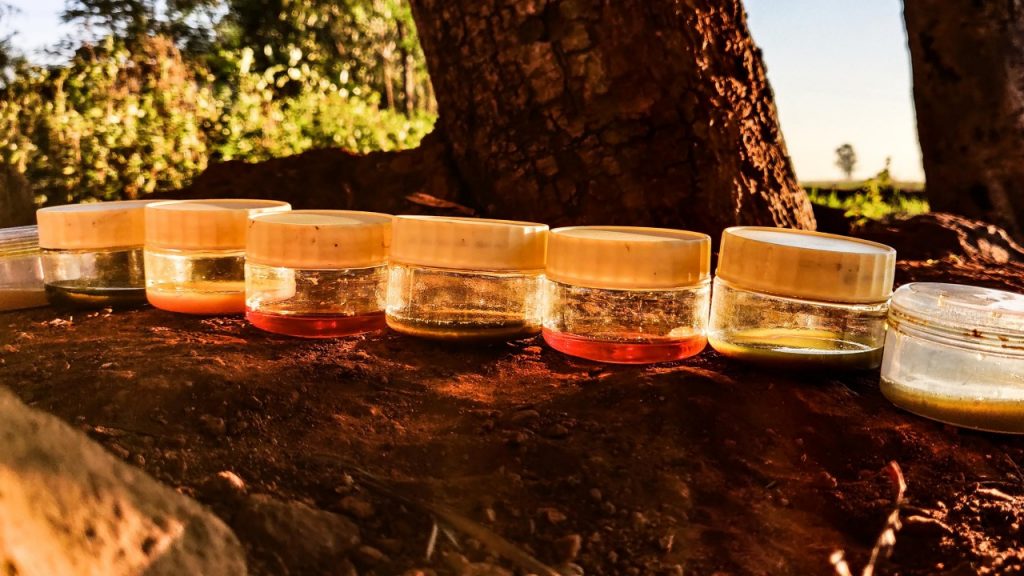
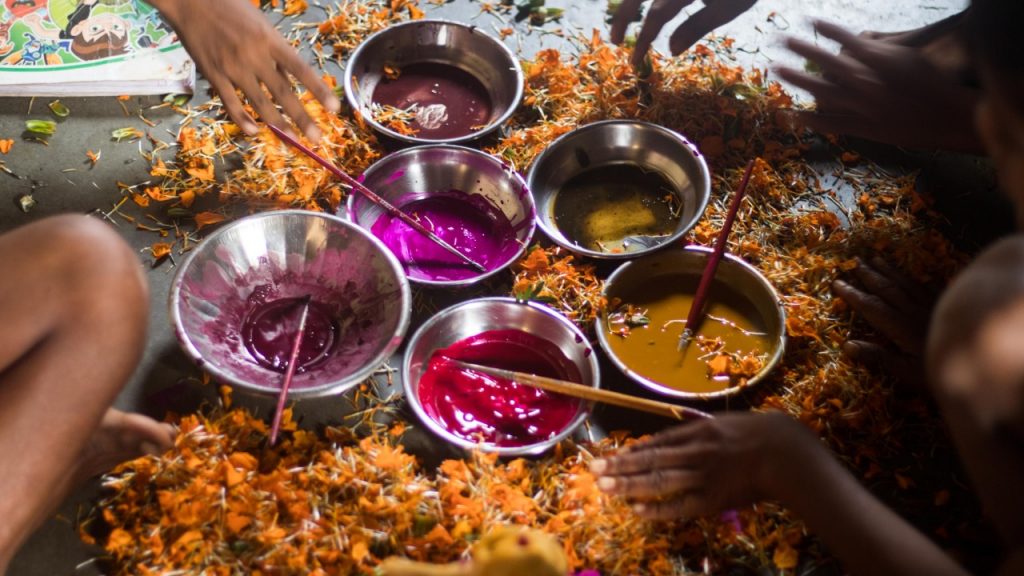

- Our children come from families who are daily wage earners and agri labourers, meaning they do not own any farming land for themselves. Hence, they are the worst affected during any crisis, be it lockdown, incessant rains, or floods. During such times, they are forced to depend on the external help.
- This year, due to the lockdown followed by incessant rainfall, community members lost their livelihood for more than 120 days. This meant no money for buying groceries, medicines, and education supplies. It was so horrid that a few parents even had to sell their cattle — something the agri labourers never resort to because cattle ensure a bare minimum income with the milk.
– We are tackling COVID-19 crisis in a two fold way:
- Immediate help: This includes distributing ration supplies, everyday essentials and education kits and resources
- Sustainable help: Setting up an In-house ration model for ending hunger crisis, setting up Community Library which will serve as an archive of best farming practices for more schools and for the nearby villages.
The goal is not just to distribute resources and supplies and fix the problem for short term, but to address the issue at its roots and create a sustainable community led solution that can be easily replicated, adopted and implemented in future during any crises.
Immediate Help: Ration Supplies and Everyday Essentials
- The families ran out of ration within the first week of the lockdown (March 24th)
- A lot of community members who are not a part of the PDS couldn’t avail food grains
- Even the ones who got the ration, only received 5 kg of rice per family member
- When the families ran out of ration, our children distributed vegetables they had cultivated on their art farm. This includes spinach, fenugreek, tomato, brinjal, turmeric powder, green chillies, coriander, amaranth leaves, spring onion, lemon grass, dill leaves, etc.
- This was distributed especially to the elderly people, and agri labourers which helped them sustain for at least 2 weeks.
- Meanwhile, we distributed ration kits that comprised of everyday essentials that were excluded from PDS like cooking oil, wheat flour, sugar, salt, soap, tea leaves, pulses, spices, etc.
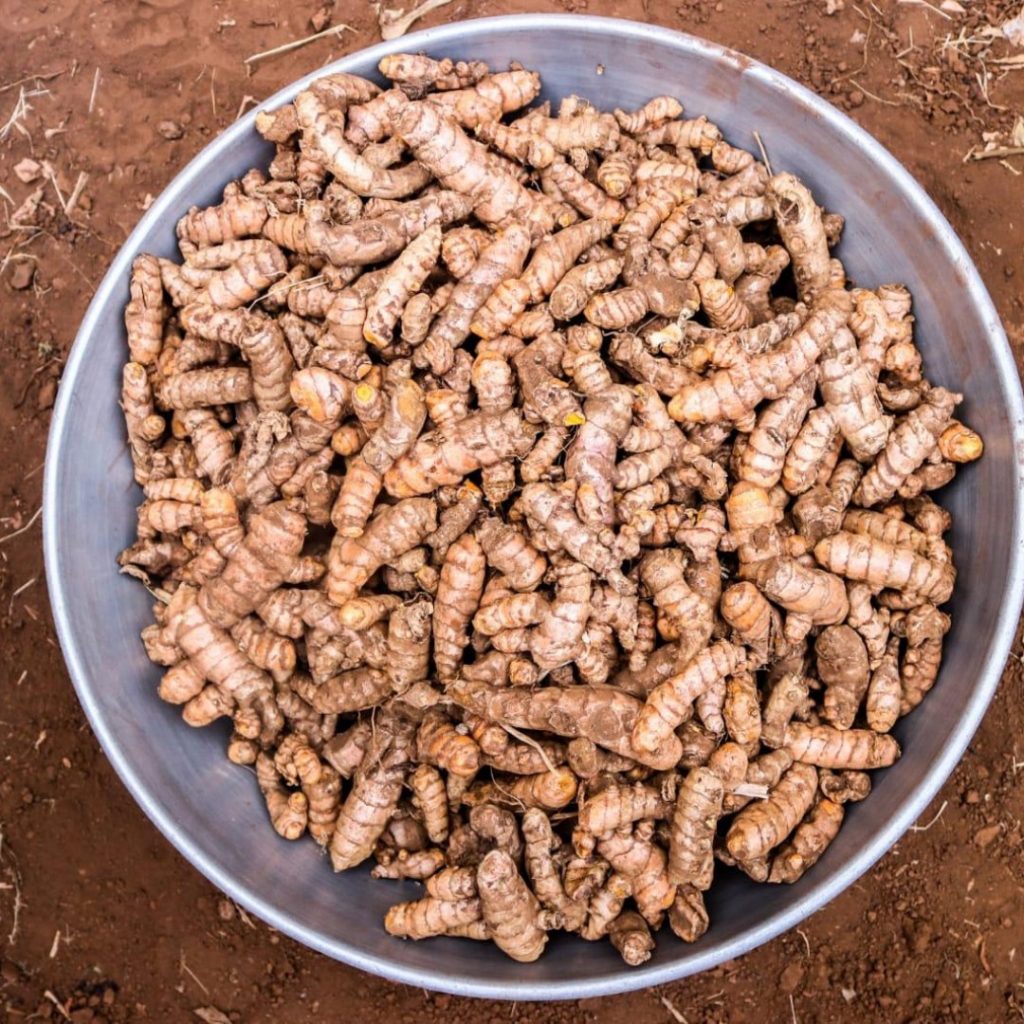
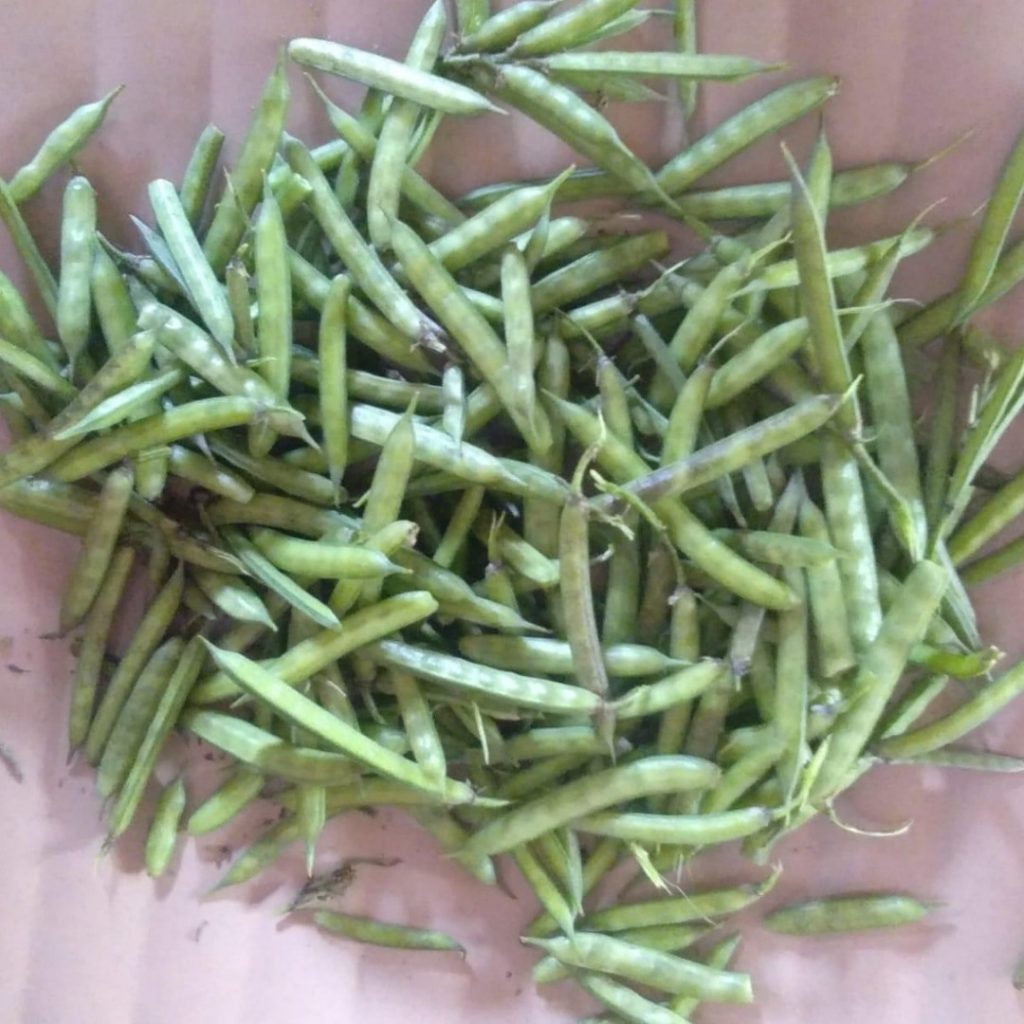
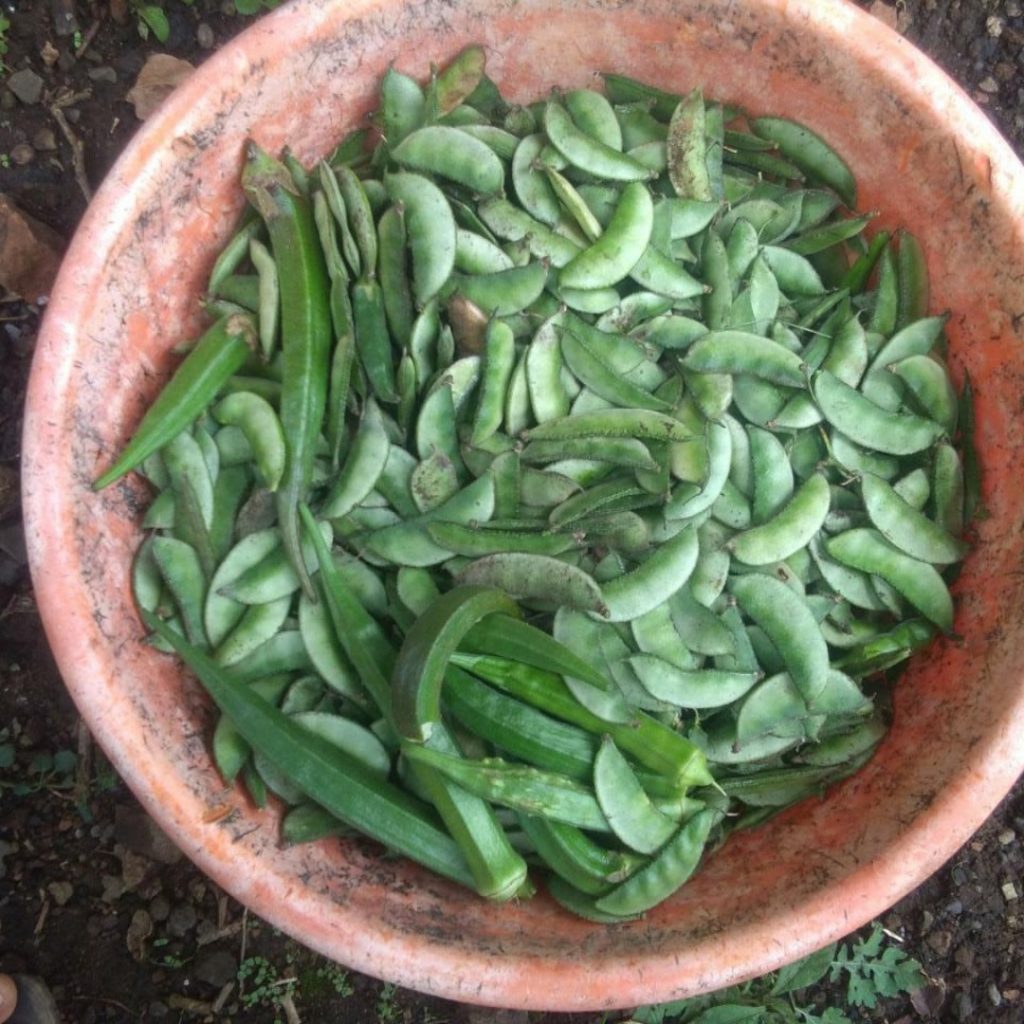
Immediate Help: Education and Arts Kit to Continue Learning
- Most of the families don’t even own a smartphone. Also they couldn’t afford mobile internet recharge for accessing the E-learning content.
- E-learning did not entail face to face classes or online platforms or even detailed powerpoint. All the teachers did was create WhatsApp groups adding all their students’ parents to it. And then bombarded the group with PDF files and Youtube links.
- The students were told to watch the videos, complete the assignments described, and send the photographs of their homework.
- Within a week, fraction of students who were attending these classes also lost their interest as there was no real time learning.
- Over the last couple of years, we have been training students to explore their community and learn from the surroundings. This includes learning from rural skilled people, locally available resources, elderly farmers, and designing their own syllabus.
- In the ongoing pandemic, where E-learning is clearly not a feasible option, all our kids have been given customised education kits.
- These are Science and Innovation kits, embroidery and stitching kits, painting and sketching kits, literacy kits, etc.
- With these kits, they continue to learn from home and engage their siblings and parents in the process.
- Each kit also involves real time problem statements that we as a community are facing. Kids observe these problems and come up with their own variations of solutions.
- When the Community Frontline Health Workers started surveying the households to contain the community transmission of corona virus, they weren’t given adequate safety gears. During this time our students used their stitching skills to make face masks, hand gloves , and up cycled old plastic to make face shields for these community health workers.
- They also did this for their family members and other community members since they cannot afford buying multiple masks.
- When people started wearing masks, lip reading got difficult for the hearing impaired. Our kids came up with a solution: A transparent mask and gifted it to the people.
- Children also designed contactless hand washing mechanism using trash and plastic bottles which has been installed at the entrance of the organic farm. After this, many people started replicating it and installed at their respective houses.
- Villages are now witnessing severe rainfall that makes it difficult to dry a mask, let alone it being ready to wear every morning. To mitigate this, the kids made a portable dryer.
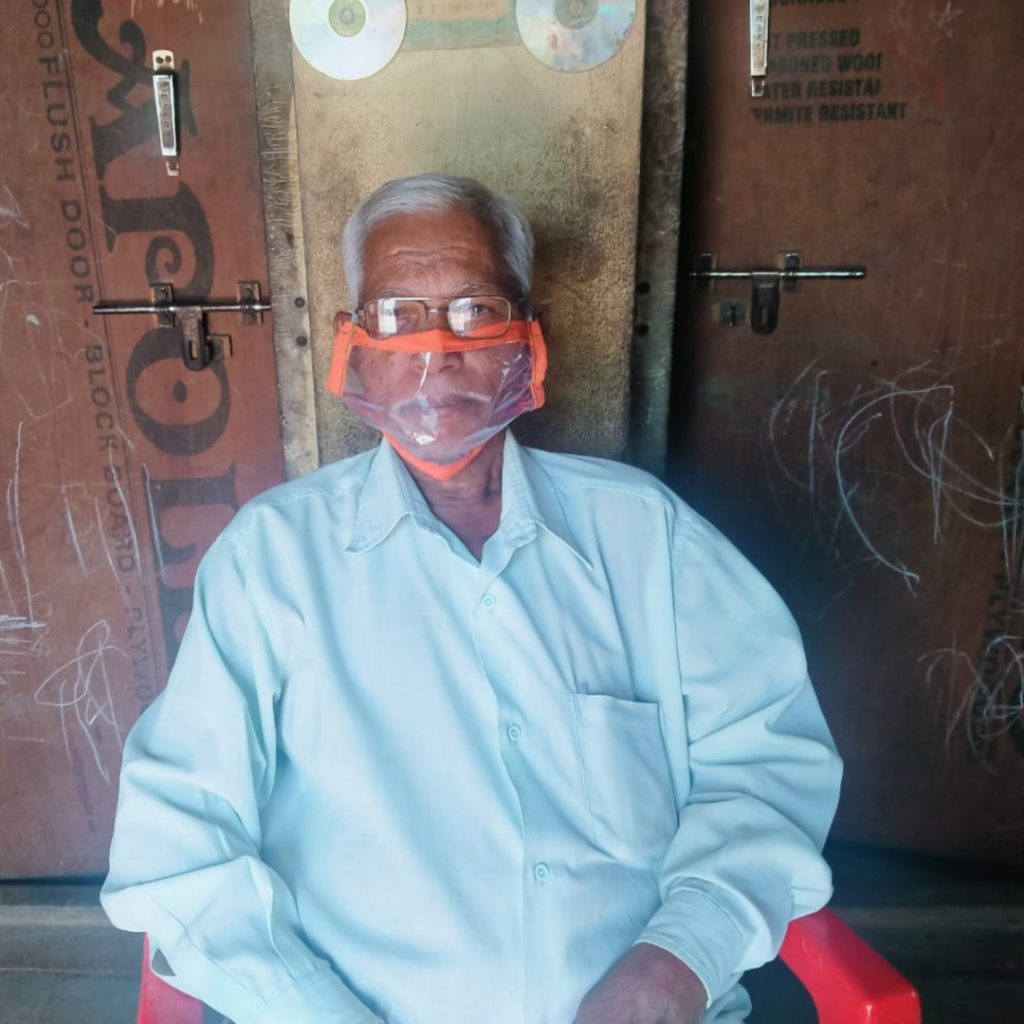
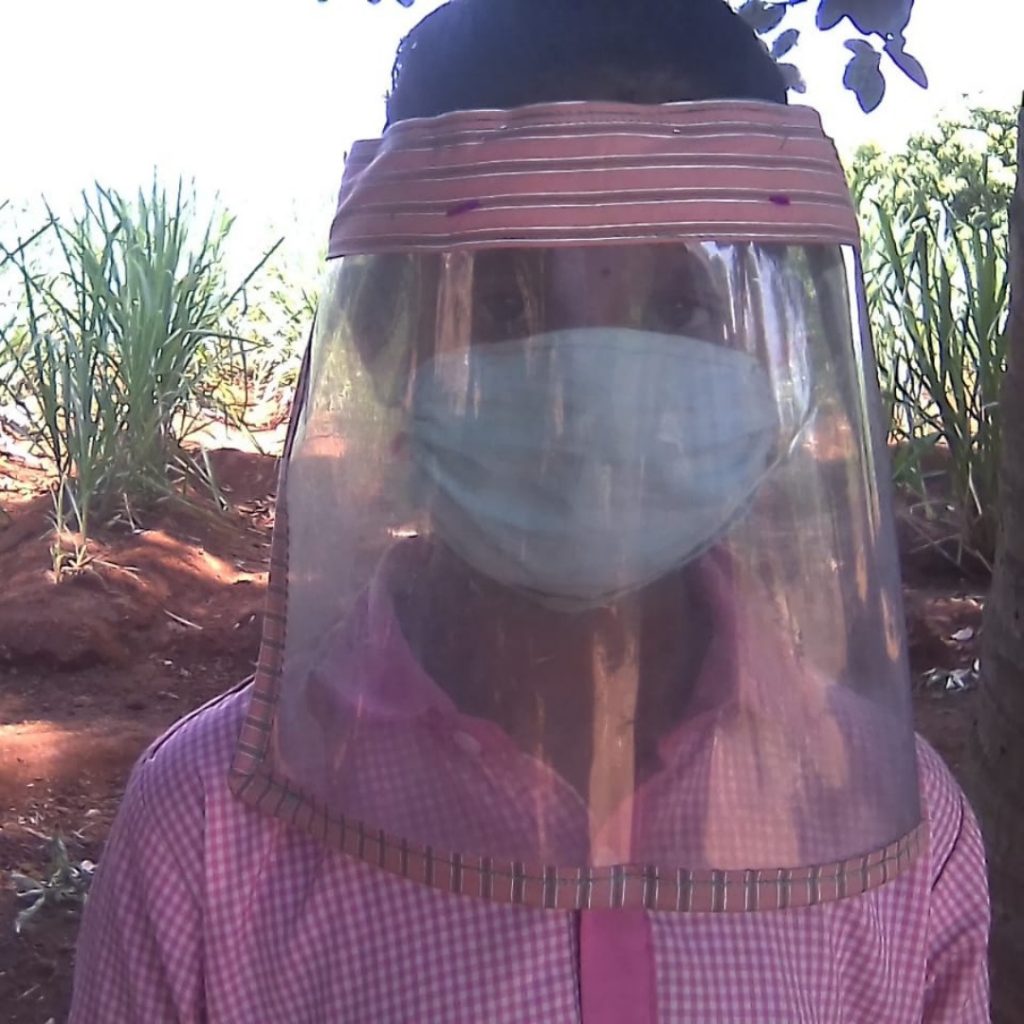
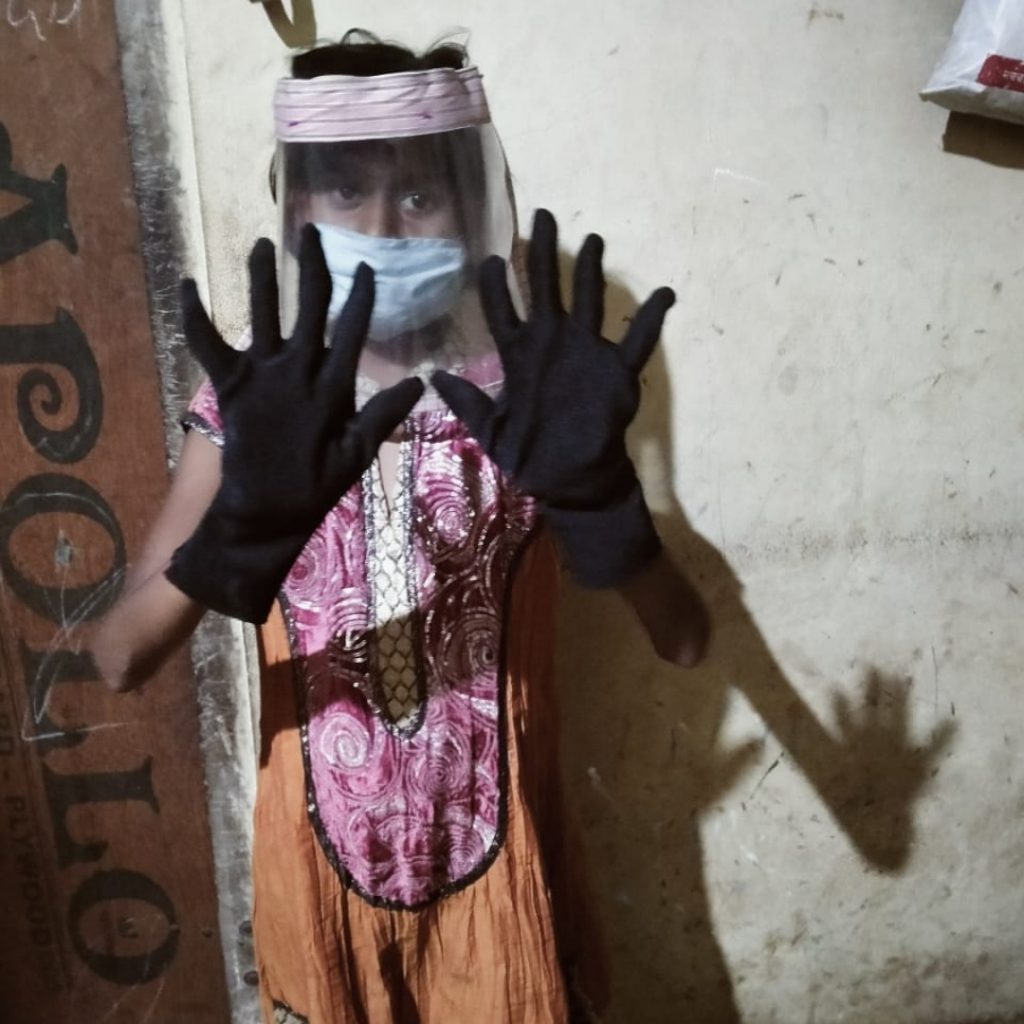
Sustainable Help: Setting up an In-house ration model for ending hunger crisis
- In August 2019, floods ravaged several villages, and farms. Hence, people were forced to vacate their homes. They also ended up losing their daily wage. This forced them to depend on external help for ration and everyday essentials.
- This year, the situation is very similar after the lockdown was imposed.
- None of the families of the kids that we work with own any farming land. Hence the solution to mitigate food crisis has to be community led and interdependent.
- Last year our kids began experimenting with organic farming on a community land with the help of elderly community members.
- The idea was to experiment with mixed farming using indigenous varieties of seeds. And the deeper purpose was to build Solidarity amongst the community members.
- After initial struggles and failures, farmers, school teachers and children from nearby villages started visiting the organic farm to learn the best practices.
- This year, during the pandemic, when community ran out of ration supplies and when the lockdown was imposed (restricting the movement even for external help) veggies grown at the organic farm helped several families sustain for almost 2 weeks.
- That’s when our children decided to create a community led solution to ender the hunger crisis. Their goal was to involve their community members in the process thereby encouraging them to replicate and revive organic farming.
- Currently to pilot this idea, 50 families are volunteering to cultivate more than 10 vegetables. This project is completely led and documented by the students.
- Now their goal is to share this learning with the help of community library and encourage the entire village, and the nearby villages of the block to build their versions of organic art farms.

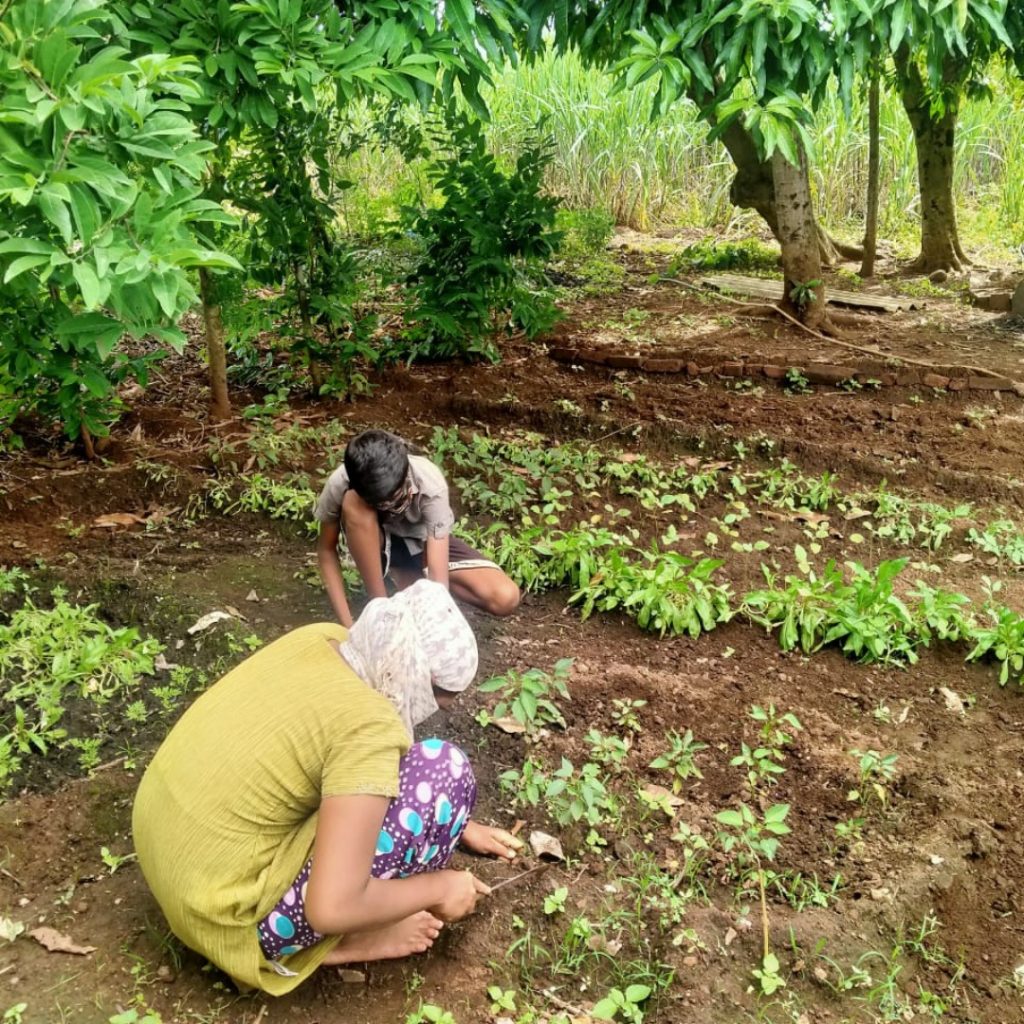
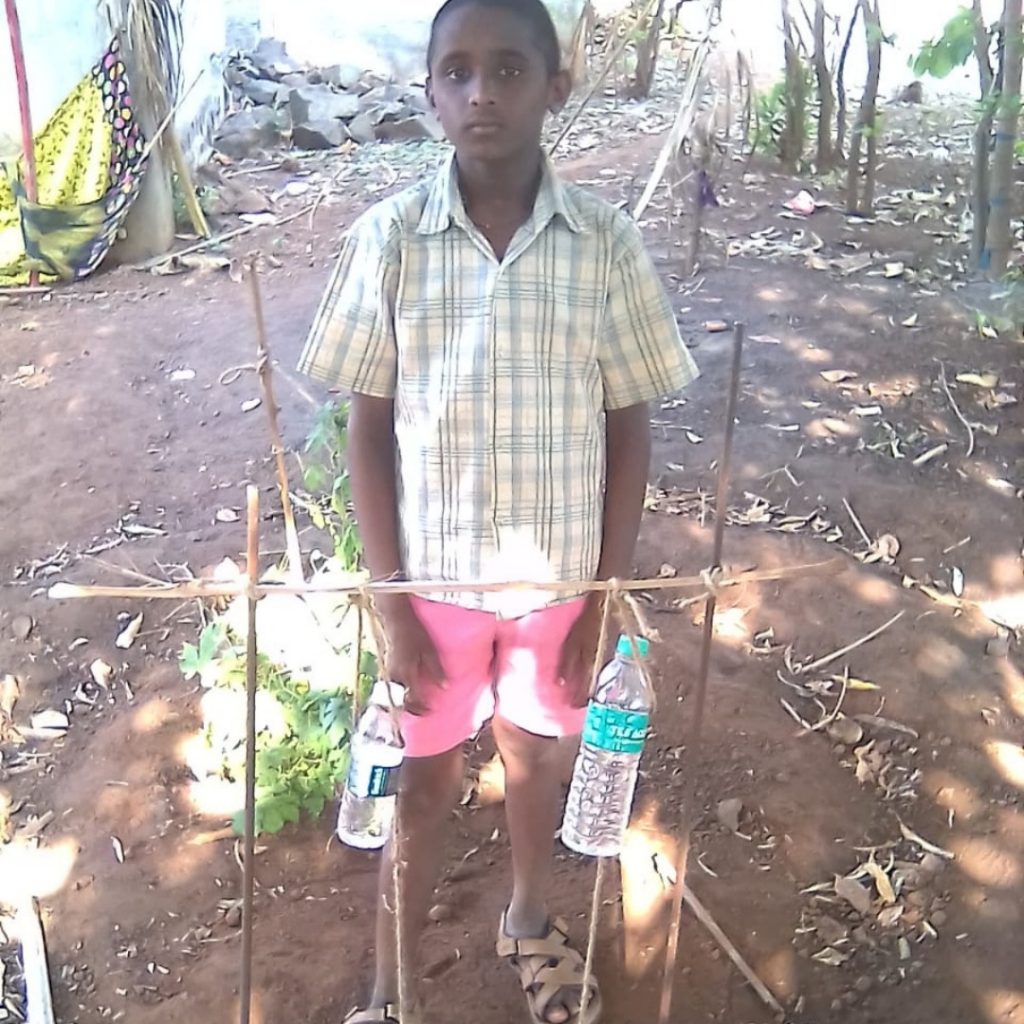
Sustainable Help: Setting up a Community Library for more schools and for
the nearby villages.
- The literature including books for children relating to rural Indian context is very less. Also, most of it is in English.
- Hence a lot of contextual literature remains out of reach for the rural communities.
- In addition to this, the communities that we work with don’t own any farming land, they are most vulnerable to ration deficiency in crises like pandemic, floods, etc.
- Kolhapur district is majorly a mono cropping district where sugarcane is widely grown. There are two major challenges that we are facing currently: 1) Soil over years is losing its nutrients quality due to excessive use of chemicals and mono cropping 2) Sugarcane is a water gulping crop that requires at least 18 to 20 million litres of water for every acre.
- Farming as a subject is not taught in any schools.
- Every child is multi talented and they fail to discover this potential in mainstream education system. When it comes to setting up community library, our kids choose their own topics and create books around it.
- In order to scale the eliminating hunger crises solutions that can be effective in situations like pandemic, floods, etc. our kids are documenting their day to day learning and observations to setup this open space community library.
- This library aims at passing on the best practises, learning from failures, community wisdom from skilled artists, and elderly farmers, etc. to many more children, farmers and villagers from the nearby places.
- Also, these are not just story books, they are documenting their learning using multiple skills like stitching, hand embroidery, photography, story writing, painting, poetry, illustrations, etc.
- This way, despite the lack of E-learning content access, each child is learning by participating and observing real time situations.
- Some of the materials they have already designed for the library include: hand embroidery book on the life cycle of crops which they have cultivated, documenting the first 30 days of the lockdown, documenting native birds and animals, migratory birds, book on limitations of traditional farming equipments and their modern day affordable alternatives, book on making organic colours and organic fertilisers, book on mixed farming, etc.
